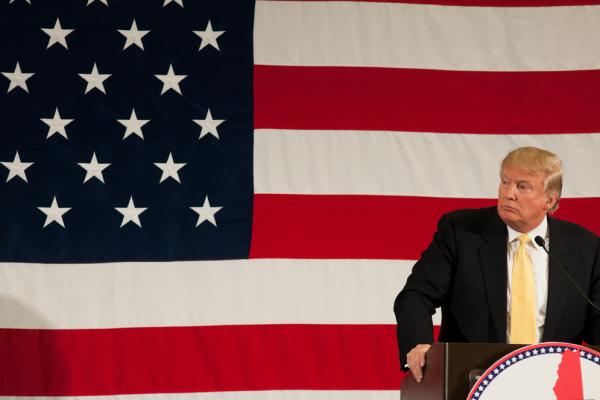While, obviously, not everyone who spreads these memes is endorsing violence, its undeniable that some of the president’s supporters view them as a roadmap for the kind of radical action they believe it will take to “make America great again.” Cesar Sayoc, for example, affixed this very image to the window of his van before he mailed bombs to news outlets, Democratic politicians, and former government officials. And the truth, more broadly, is that we communicate much by what we find “humorous.” Even though many who traffic such imagery would never mail bombs, it strains credulity to say they are entirely disconnected from support for a president who openly wishes he could order the military to rough up migrants at the border, or who endorsed violence against protesters at campaign rallies.
Read the Full Article

